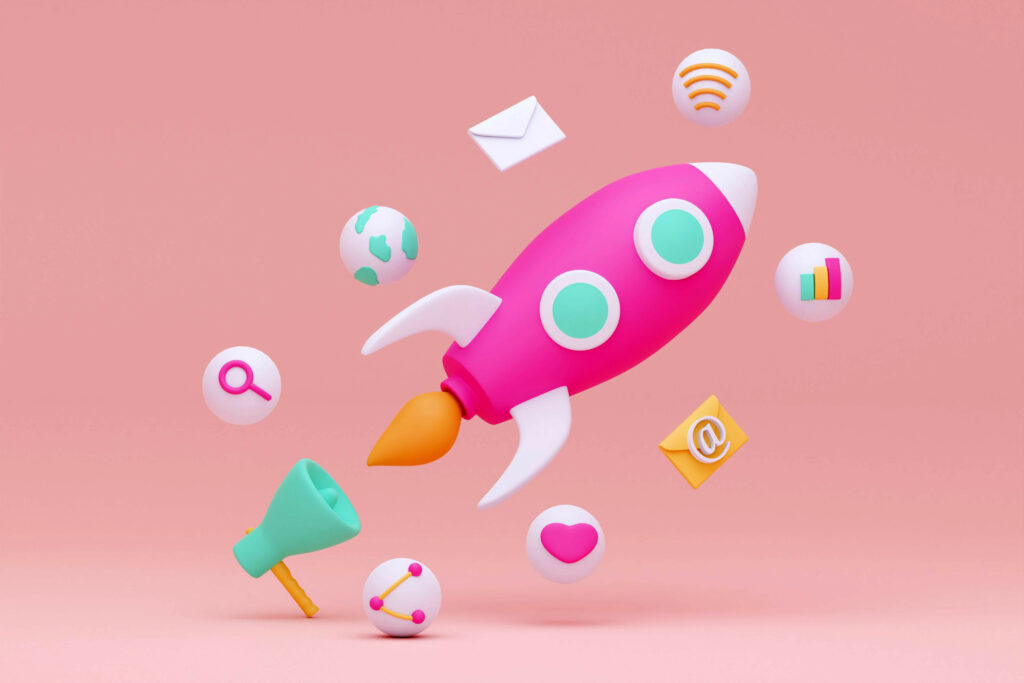How to leverage a multichannel strategy with Email, SMS and more to maximise your digital marketing
How to leverage a multichannel strategy with Email, SMS and more to maximise your digital marketing In today’s digital landscape, competition for consumer attention is fiercer than ever. Brands need to adapt to an environment where people are exposed to thousands of messages every day, across multiple devices and platforms. To stand out amidst the noise, a multichannel strategy has become an essential approach that not only improves visibility, but also increases engagement and conversions. In this post, we will explore how to integrate email and SMS marketing (among other channels) into a coherent and effective strategy, and why this combination can be the key to taking your digital marketing to the next level. What is a multi-channel strategy?A multi-channel strategy involves using multiple platforms and channels to communicate with your audience. Rather than limiting yourself to one medium, such as email or social media, this strategy seeks to reach users through the channels they prefer, whether it’s email, SMS, push notifications, social media or ads. But it is not simply a matter of using many channels, but doing so in an integrated and consistent way. Users should feel that every interaction with your brand, no matter the channel, is part of a seamless and connected experience. That’s what makes the difference between a scattered strategy and a successful multichannel one. Key benefits of a multichannel strategy Increased reach and visibility Different consumers have different preferences for how they prefer to receive information. Some open their emails frequently, while others are more attentive to SMS messages. By using multiple channels, you ensure that you are present where your audience is, increasing your chances of capturing their attention and generating interaction. More personalised and consistent customer experience Customer experience (CX) is crucial for building loyalty and keeping users engaged. With a multi-channel strategy, you can deliver a consistent experience at every touchpoint. Imagine a customer receives an email with details of a special offer, and an SMS reminding them that the offer expires soon. These kinds of timely, complementary reminders significantly improve the customer experience. More effective engagement Not all channels have the same purpose or impact. For example, emails are ideal for delivering more in-depth content, such as newsletters, detailed promotions or reports. SMS, on the other hand, works best for quick, direct communications, such as urgent alerts, event reminders or flash promotions. Leveraging the strengths of each channel allows you to generate more effective interactions. Advanced targeting and personalisation Each channel gives you valuable insights into your audience’s behaviour. For example, you can track who opens your emails or who responds to an SMS. Using this data, you can create more accurate targeting and personalised communications, making each message more relevant to each customer. Increase conversions A well-executed multi-channel strategy can have a direct impact on your conversion rates. According to studies, consumers who interact with brands across multiple channels are more likely to make a purchase or complete an action. By being present at key moments in the buying decision process, you increase the likelihood that the customer will choose your product or service. Automation for efficiency Today’s marketing technology allows you to automate workflows by combining multiple channels. You can, for example, set up a flow where a user who did not open an email receives a follow-up SMS with a reminder about the same promotion. This automated synchronisation not only saves time, but also ensures that the customer receives the right information at the right time. How to integrate SMS and email in your multichannel strategy Now that we understand the benefits of a multi-channel strategy, let’s look at some practical tips for integrating SMS and email marketing effectively: Synchronise your contact lists Make sure your contact lists are well segmented and updated in both channels. Use behaviour in one channel (such as opening emails) to trigger actions in another (such as sending an SMS). This synchronisation will help you send more relevant and personalised messages. Use SMS as a complement to email Email is great for longer or visual content, while SMS is more suitable for short messages with a clear call to action. Use SMS to reinforce the message of your email campaigns, reminding your customers about a promotion or inviting them to act quickly. Multi-channel A/B Testing Test different combinations of messages in both channels – do emails work better in the morning and SMS in the afternoon? Which message tone generates more conversions in each channel? Perform A/B testing to discover best practices for your specific audience. Advanced personalisation Use data from both channels to personalise communications. For example, if a customer has shown interest in a product via email, you can send them an SMS with a special offer on that same product. Personalisation is key to increasing engagement. Conclusion Integrating email and SMS into a multi-channel strategy not only allows you to extend your reach, but also to deliver a superior customer experience that improves engagement and increases conversions. By leveraging the strengths of each channel and automating the process, you can ensure that your customers receive the right message, at the right time, on the channel they prefer. In the world of digital marketing, integration and personalisation are key to success. If you haven’t yet implemented a multi-channel strategy, now is the ideal time to start! What other channels are you integrating into your marketing strategy? Share your ideas and experiences in the comments!

